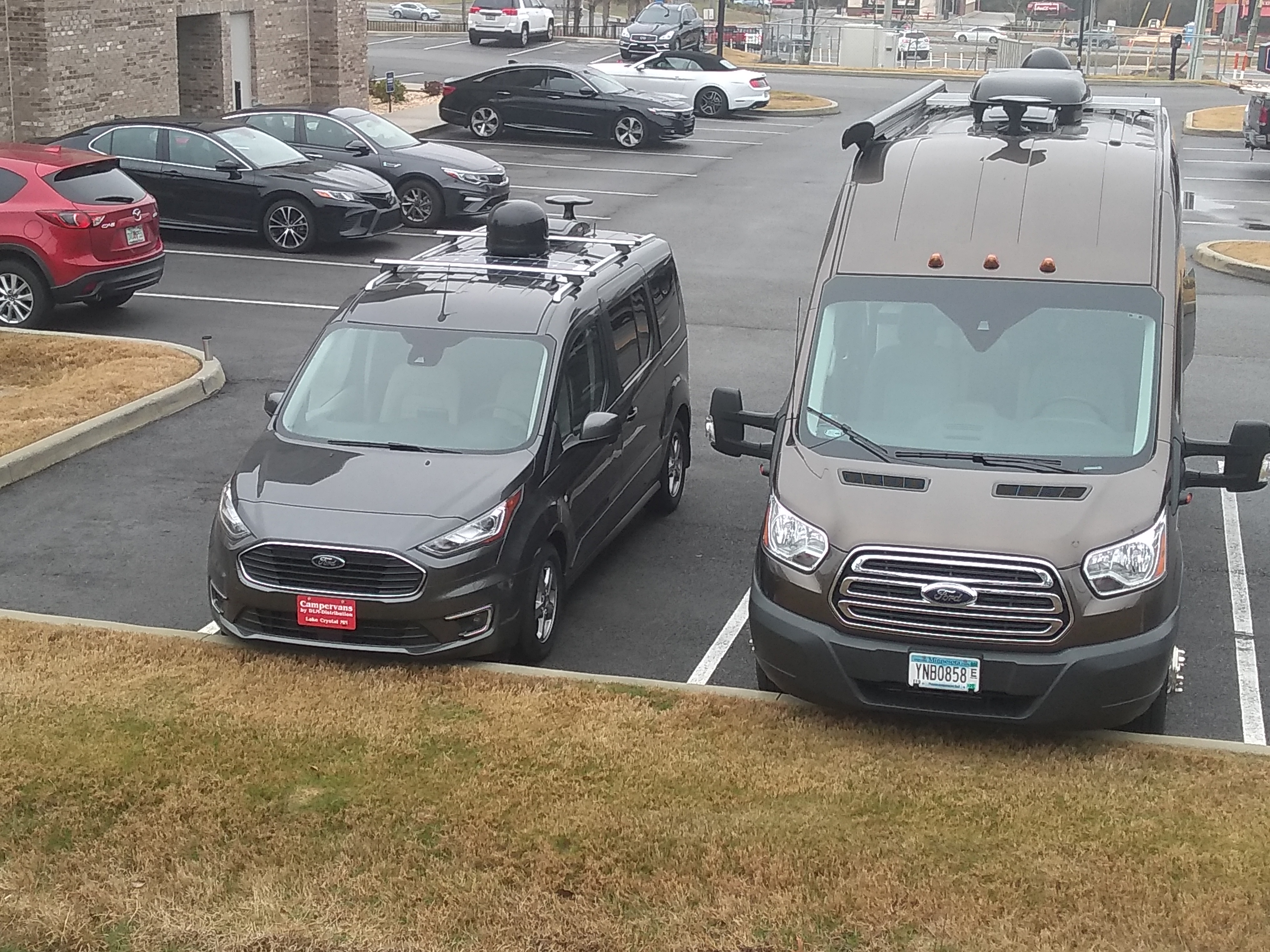NEWS
One of the most commonly asked questions when purchasing a campervan is about pop top roof options. At first glance, pop tops may seem attractive as they provide extra headroom and sometimes additional sleeping space. However, the drawbacks to pop top roofs significantly outweigh their apparent benefits, especially when considering the importance of structural integrity, insulation, and maintenance.
Compromised Structural Integrity
The first and foremost issue with pop tops is the drastic alteration they necessitate to a campervan's structure. Installing a pop top involves cutting away a significant portion of the van's original roof, which essentially removes a key element of the vehicle's structural integrity.
In the event of a rollover accident, the roof of a vehicle plays a critical role in protecting the occupants. It's designed to resist crushing and to maintain a survivable space within the vehicle. When you cut away a large portion of the roof to install a pop top, you're reducing the amount of structural reinforcement. This alteration may compromise the vehicle's performance in a rollover accident, putting passengers at greater risk.
Insulation and Weather Challenges
Pop tops are typically made from canvas or a similar lightweight material, which offers significantly less insulation than a solid van roof. This can be problematic in both hot and cold climates. In colder weather, the thin material allows heat to escape easily, making it harder to keep the inside of the van warm. In hot weather, it allows more heat to penetrate the van, increasing the challenge of keeping it cool.
Furthermore, pop top roofs are vulnerable to adverse weather conditions. They don't provide as much protection against heavy rain, wind, or snow as a solid roof. The material is susceptible to wear and tear, and the seals can develop leaks over time.
Maintenance and Noise Issues
Pop tops require significantly more maintenance than solid roofs. The canvas or fabric needs to be kept clean and treated regularly to remain waterproof. Moving parts can break or jam, necessitating repairs, and the additional complexity of the pop top mechanism can lead to further maintenance needs down the line.
Moreover, a pop top roof can be noisier than a solid roof. Whether it's the rustle of wind against the fabric, or the sounds of nature outside, noise can penetrate a pop top much more easily than a solid roof, potentially disrupting sleep or peaceful enjoyment of the van's interior.
The Mini-T Campervan: A Solid Choice
The Mini-T Campervan does not offer a pop top option, prioritizing the structural integrity, safety, and reduced maintenance that comes with a solid roof. This choice contributes to the vehicle's overall safety, comfort, efficiency, and reliability. While it may seem desirable to have that extra vertical space, it's important to consider the broader implications of a pop top on safety, comfort, and ongoing maintenance.

By maintaining the original factory roof, the Mini-T Campervan ensures that occupants are as safe and comfortable as possible while they enjoy their traveling adventures. After all, the true allure of a campervan lies not in how tall it stands, but in the freedom, it offers - the freedom to explore and to live comfortably on the road, in a vehicle built with safety and efficiency at its core.
Happy Camping!
DLM-Distribution / Campervans is a licensed manufacture and dealer located in Lake Crystal Minnesota serving clients around the country
Contact Dave: 651-285-7089 or Candy: 507-382-9446 today!
